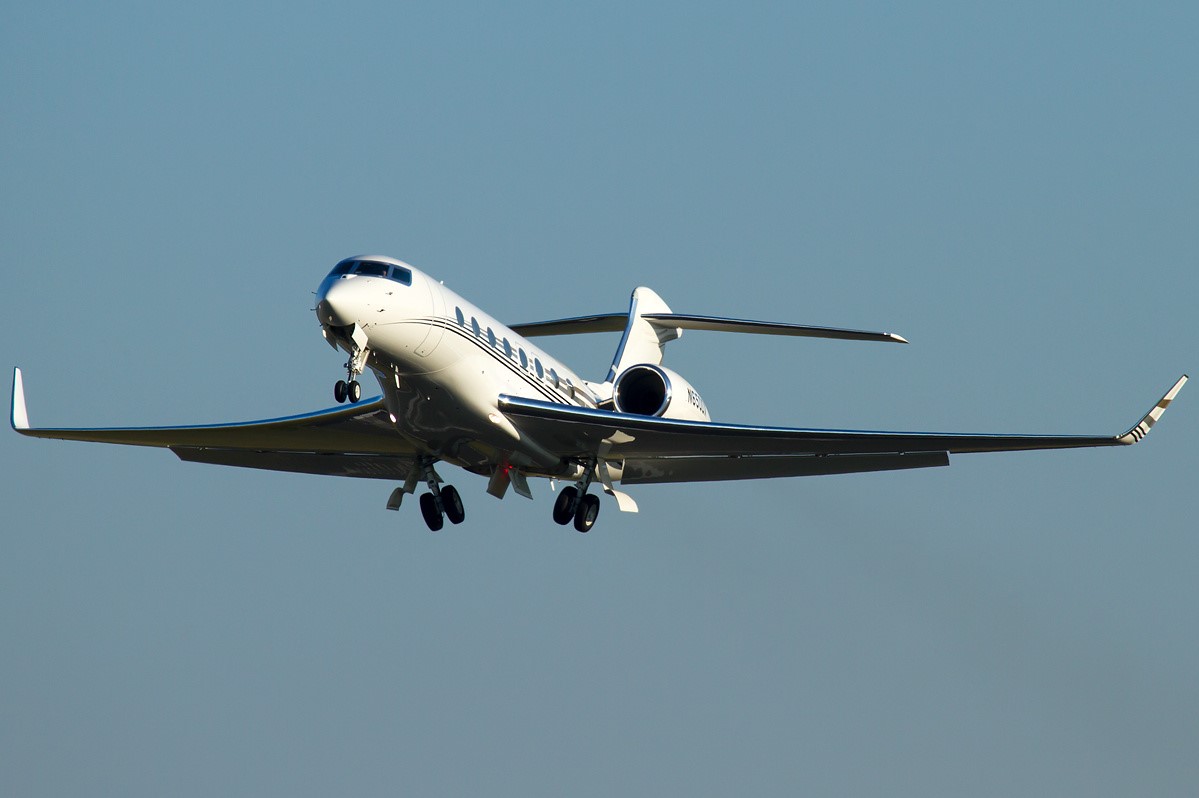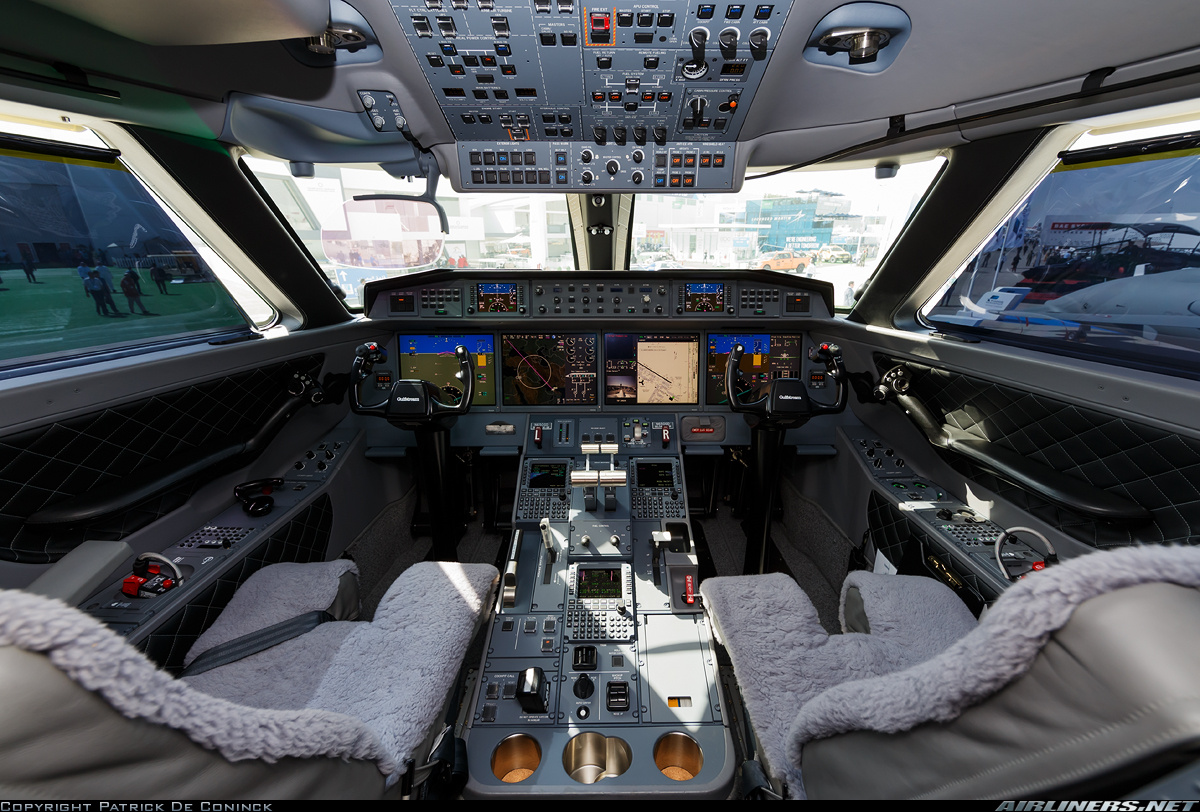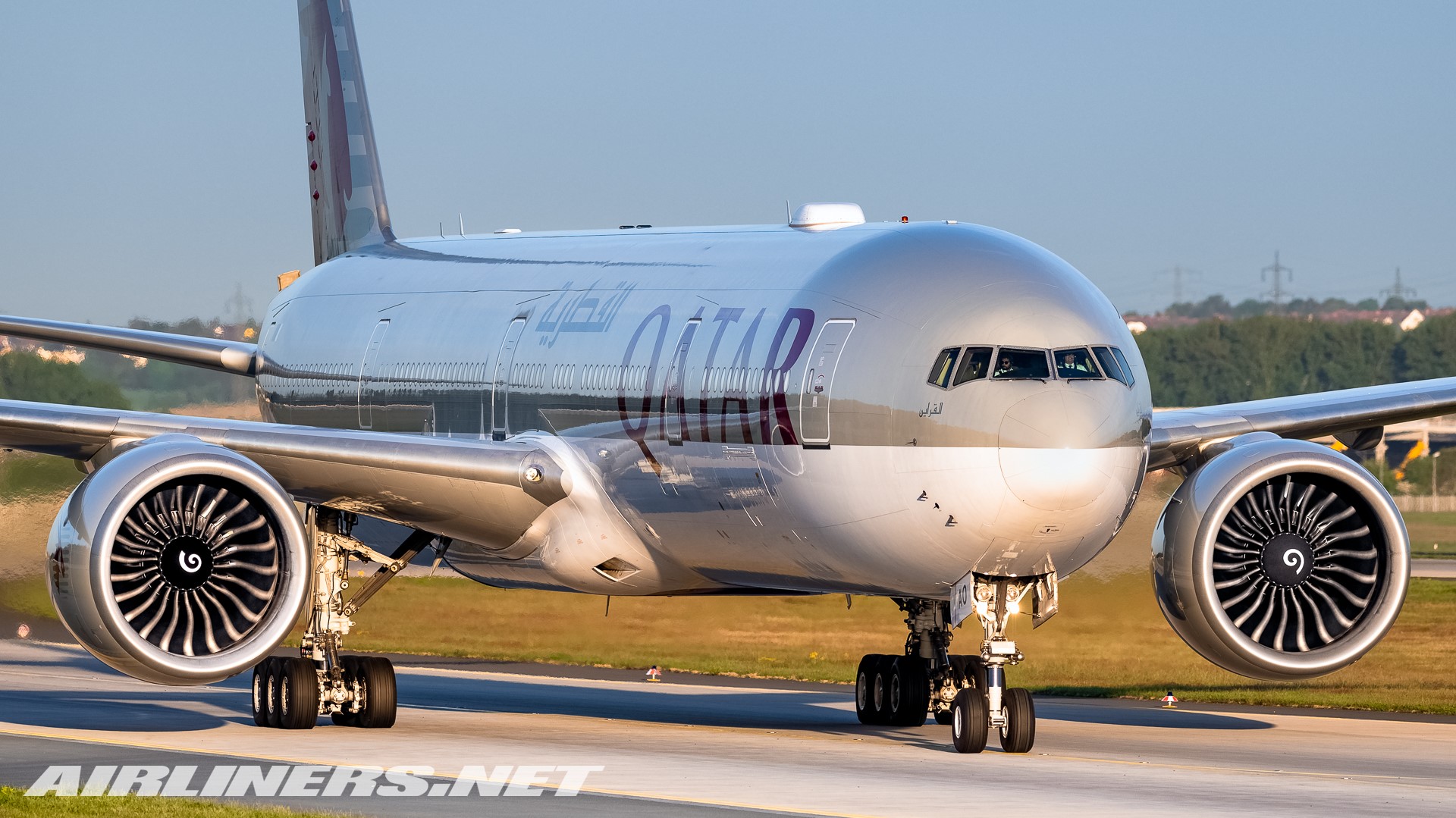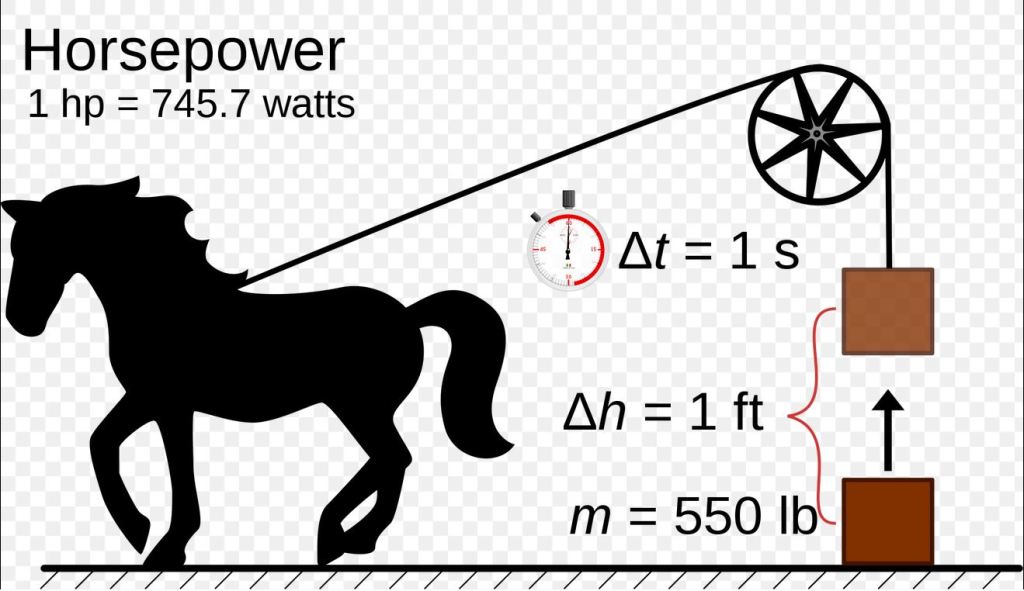
Here is a Gulstream G650 bizjet pulling up its landing gear as it climbs out after takeoff. This airplane provides a fantastic flying experience to the lucky few that can afford its $70 million price tag. Or to the pilots that get to fly it…

But even if you don’t get to fly on a super long range bizjet [the G650 has a maximum range of 7,500 nautical miles, which is nearly 14,000 kilometers, which works out to about 15 hours flying time!] you can still get to fly on an incredible machine like the Boeing Triple Seven…merely for the price of an airline ticket.

Now we all love flying on these amazing sky machines and some of us are even lucky enough to ‘drive’ them–let’s face it, flying never stops being fun. For some of us this fascination with flying machines is so overpowering that we constantly look for more information, always curious to learn more about how these machines actually work and what it takes to fly them.
That’s what we are going to do here. Ever wonder just how much horsepower those engines on that big triple seven are putting out? Well, any ‘knowledgeable’ aviation enthusiast will tell you that jet engines make thrust, not horsepower, but this is not really true at all! The fact is that things like ‘power’ and ‘thrust’ are in fact pretty much interchangeable when it comes to physics.
Let’s say we are cruising at the airplane’s typical cruise altitude of 35,000 feet and cruise speed of 550 mph [Mach 0.83]. The airplane’s pair of GE engines are putting out 17,500 pounds of thrust each, for a total of 35,000 pounds of force. Now, knowing the airplane’s speed, and its thrust, we can find out its power, which is defined as force times velocity. Therefore we multiply 35,000 lbf [pounds of force] times 808 feet per second [that’s 550 miles per hour, but it has to be in ft/s for the math to work out neatly] and get 28,280,000 ft*lbf/s. Now you may be wondering what exactly is ft*lbf/s, and that will be explained in the sidebar, but for now it is relevant that there are 550 of them in one horsepower…so to get the horsepower of those two engines, we divide 28,280,000 by 550 and get about 51,000 hp.
That means that each engine is putting out over 25,000 hp, about 100 times as much as your car or truck engine may be capable of at full power and with the pedal to the metal.

Now what about the power to weight ratio? The GE90-85B engines on the ‘dash 200’ extended range model of this airplane weigh about 16,000 pounds each. Your car engine making 250 hp might weigh more like 500 lbs, so 100 of those equaling the power of one triple seven engine would weigh about 50,000 lbs–more than three times as much!
And what about fuel economy? These turbofan engines have a thrust specific fuel consumption of 0.52 in cruise, which means they burn about half a pound of fuel for each pound of thrust they produce, per hour. Since each engine is making 17,500 lbf of thrust, it means each is burning 9,100 pounds of fuel per hour. There are about 6.8 lbs in one gallon of Jet-A aviation fuel, so that works out to just over 1,300 gallons per engine, per hour. Since the airplane is flying at 550 mph and the two engines are going to burn roughly 2,600 gallons in that one hour, it means the airplane is getting five gallons per mile. Not five mpg, mind you, but 0.2 miles per gallon.
Now that may sound like terrible fuel mileage, but consider that this is one huge flying machine–carrying 300 souls and weighing more than half a million pounds [that’s over 250 tons]. It’s two thirds the length of a football field and its tail is as high as a six story building…and the whole thing is moving through the earth’s atmosphere at 550 mph!
But just for comparison sake, how does it stack up to let’s say a Bugatti Veyron, which has a top speed of about 250 mph, less than half the triple seven’s cruising speed, and it gets 2.3 mpg when running at full speed. So the triple seven is using only as much fuel as 10 Bugattis going at full speed! That’s actually pretty incredible, because the Bugatti has 1,000 hp, but the GE turbofan engine is putting out 25 times as much, which means the jet is two and a half times as fuel efficient. So we see that today’s jet aircraft aren’t really fuel guzzlers at all, even when compared to cars.
Let’s look at it a different way. Suppose you and a friend went on a road trip of 1,000 miles. If your car gets 25 mpg, you would use 40 gallons, and if there are two of you, then that is 20 gallons for each person for the trip, or 50 mpg, per person. That triple seven can carry 300 people for let’s say 5,000 miles and will burn about 25,000 gallons. That is a fuel mileage of 300 x 5,000 / 25,000 = 60 mpg, per person…even better fuel economy than a road trip with a friend, in a fairly fuel efficient car. There is also the time factor. A road trip of 1,000 miles may take 15 or more hours, depending on traffic and speed limits. The triple seven will complete a trip almost half way around the world in that amount of time.

But let’s dive a little deeper into the technical details. Any two types of engines can be compared by a measure called thermal efficiency. This tells us exactly what percentage of the chemical energy contained in the fuel is actually converted into useful work by the engine–which is the power or thrust that the engine makes. One pound of jet fuel contains 18,400 BTU of energy [42.8 megajoules per kg in metric], so that GE90 engine burning 9,100 lbs per hour is burning 167 million BTU per hour [BTU stands for British Thermal Units], or 46,500 BTU per second . Now we know that one horsepower is equal to 1.415 BTU per second, so we simply need to convert our horsepower to BTU/s and divide our total BTU being burned in order to get our thermal efficiency. Since 25,400 hp equals 18,000 BTU/s, it means that our thermal efficiency is 18,000 / 46,500 = 0.39, or nearly 40 percent!
How does that compare to the Bugatti? Let’s crunch the numbers and find out. The Bugatti is making 1,000 hp at its top speed of 250 mph, and it is getting 2.3 mpg so that means it would use roughly 110 gallons to drive one hour at its top speed [250 / 2.3 = ~110]. Gasoline weighs 6 lbs per gallon, so that is 660 lbs of fuel in one hour, to make 1,000 hp. That’s a brake specific fuel consumption of 0.66, which means it takes that many pounds of fuel to make one hp, for one hour, in that turbocharged W16 engine. Since there are about 19,000 BTU in each pound of gasoline it means the total energy used is 3,500 BTU per second [19,000*660/3600 seconds per hour = ~3,500]. The engine’s 1,000 hp equals about 700 BTU/s, so the thermal efficiency is 700/3,500 = 0.2, which is 20 percent…half as efficient as the big jet engine.
Many aviation enthusiasts and even some pilots may be surprised at how efficient today’s jet engines really are. In future articles we will look more closely at what’s going on.
Let’s Get Technical
Let’s explain some of the science that we just talked about. In working out the triple seven’s horsepower we mentioned that power = thrust x velocity. Here is how that works. First let us understand the concept of power, which in its most basic sense can be described as work performed over time. If you lift a 100 pound weight one foot off the floor you have performed 100 feet*pound force of work [the * symbol is a multiplication sign, ie ‘times’]. That’s because work is defined as force * distance. Weight is a force and is multiplied by the distance in the number of feet by which you moved against that force; hence ft*lbf, the basic measure of work in the English system of units [in metric it is the newton*meter].
Power is simply the rate at which work is performed. If you are able to lift that 100 lbf weight by one foot, once every second, then you will be putting out a power of 100 ft*lbf/s. If you are strong as a horse, you could lift a 550 pound weight at a rate of one foot per second, which is a power output of 550 ft*lbf/s–exactly one horsepower. That observation on the work capability of horses came from James Watt, a Scottish engineer in the late 18’th century. He found this by observing draft horses pulling big pails of water out of mine shafts. The measure of power in the metric system, the watt, is named after him.

But how does this explain that we got our airplane’s horsepower by multiplying its speed times its thrust? Well, we recall that thrust is a force, like weight…and velocity is by definition distance divided by time. So we moved an airplane with a thrust force measured in pounds, by a distance measured in feet, per unit of time measured in seconds…which is exactly what that horse is doing in the illustration above! Our amazing triple seven airplane is really nothing more than a good old horse, as far as the laws of physics are concerned.

Hey FB, looking pretty good here.
Have a look at the latest MAX bombshell….
https://www.seattletimes.com/business/boeing-aerospace/boeing-altered-key-switches-in-737-max-cockpit-limiting-ability-to-shut-off-mcas/
Yup, it’s worse than we thought.
LikeLike
Thanks E…sorry it took me a while to get to this…thanks for the link…
LikeLike
Hey FB excellent site , keep up good work
LikeLike
Thanks Berkut…will have more articles up soon…
LikeLike